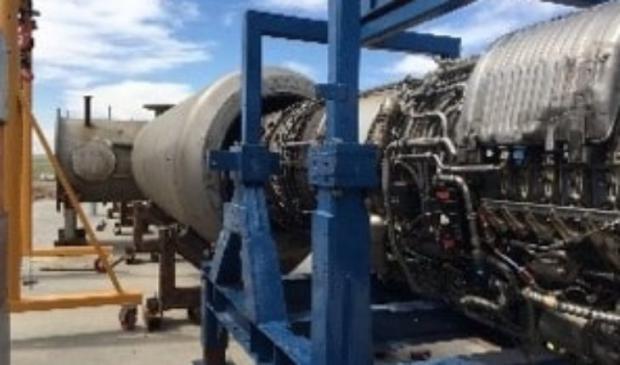
Breaking News
 NonConformist Series: Practical Wealth - Join us virtually Dec 29-30, 2025
NonConformist Series: Practical Wealth - Join us virtually Dec 29-30, 2025
 New bill would allow private citizens to fight cartels: 'WE ARE UNDER ATTACK'
New bill would allow private citizens to fight cartels: 'WE ARE UNDER ATTACK'
 Carnivore Got Me 90% There. This One Drink Changed Everything
Carnivore Got Me 90% There. This One Drink Changed Everything
Top Tech News
 Perfect Aircrete, Kitchen Ingredients.
Perfect Aircrete, Kitchen Ingredients.
 Futuristic pixel-raising display lets you feel what's onscreen
Futuristic pixel-raising display lets you feel what's onscreen
 Cutting-Edge Facility Generates Pure Water and Hydrogen Fuel from Seawater for Mere Pennies
Cutting-Edge Facility Generates Pure Water and Hydrogen Fuel from Seawater for Mere Pennies
 This tiny dev board is packed with features for ambitious makers
This tiny dev board is packed with features for ambitious makers
 Scientists Discover Gel to Regrow Tooth Enamel
Scientists Discover Gel to Regrow Tooth Enamel
 Vitamin C and Dandelion Root Killing Cancer Cells -- as Former CDC Director Calls for COVID-19...
Vitamin C and Dandelion Root Killing Cancer Cells -- as Former CDC Director Calls for COVID-19...
 Galactic Brain: US firm plans space-based data centers, power grid to challenge China
Galactic Brain: US firm plans space-based data centers, power grid to challenge China
 A microbial cleanup for glyphosate just earned a patent. Here's why that matters
A microbial cleanup for glyphosate just earned a patent. Here's why that matters
 Japan Breaks Internet Speed Record with 5 Million Times Faster Data Transfer
Japan Breaks Internet Speed Record with 5 Million Times Faster Data Transfer
Reaction Engines Targets 2020 to Test Hypersonic Engine for Space Planes

In the US test facility (TF2) will enable the precooler test article (HTX) to be exposed to high-temperature airflow conditions in excess of 1,000°C (~1800°F) that are expected during high-speed flights up to Mach 5.


They are getting ready for 'hot' heat exchanger tests.
The UK TF1 test site is due to be completed and commissioned during 2019 and will enable us to test critical subsystems along with the testing of a SABRE engine core.

Pre-cooler technology
Reaction Engines pre-coolers are made from thousands of thin-walled tubes to provide high surface area to low weight. Each tube is joined to an inlet and outlet manifold, which allows coolant to be injected and removed for the cooling process. They have unique heat exchanger manufacturing experience to bond thousands of joints in a single operation and achieve zero leakage. The joints in their pre-cooler modules are hermetically sealed, meaning that the gas which escapes can be measured by the molecule.

 Aluminum Causes Brain Damage
Aluminum Causes Brain Damage Advanced Propulsion Resources Part 1 of 2
Advanced Propulsion Resources Part 1 of 2

